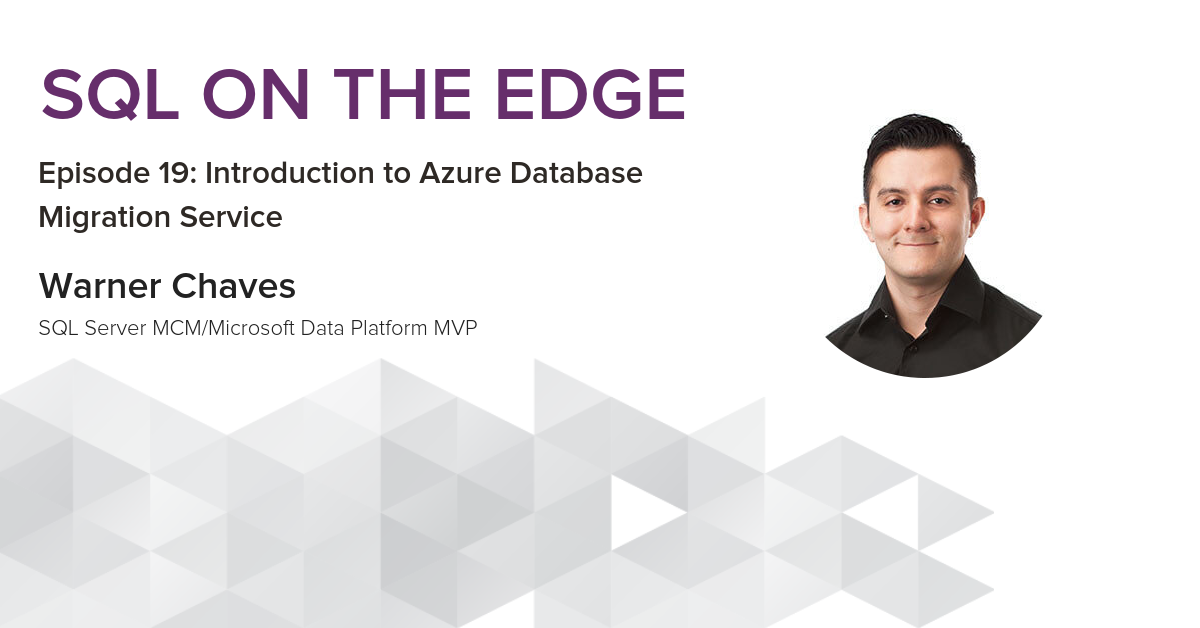Istio: the new standard in making microservices behave
On this page
Share this
Share this
More resources
Learn more about Pythian by reading the following blogs and articles.
Introduction to Azure Database Migration Service - SQL on the edge episode 19


Introduction to Azure Database Migration Service - SQL on the edge episode 19
Apr 11, 2019 12:00:00 AM
2
min read
Cosmos DB consistency models – SQL on the edge episode 16


Cosmos DB consistency models – SQL on the edge episode 16
May 3, 2018 12:00:00 AM
2
min read
Oracle Instance Memory Usage
![]()
Oracle Instance Memory Usage
Dec 29, 2011 12:00:00 AM
6
min read
Ready to unlock value from your data?
With Pythian, you can accomplish your data transformation goals and more.
